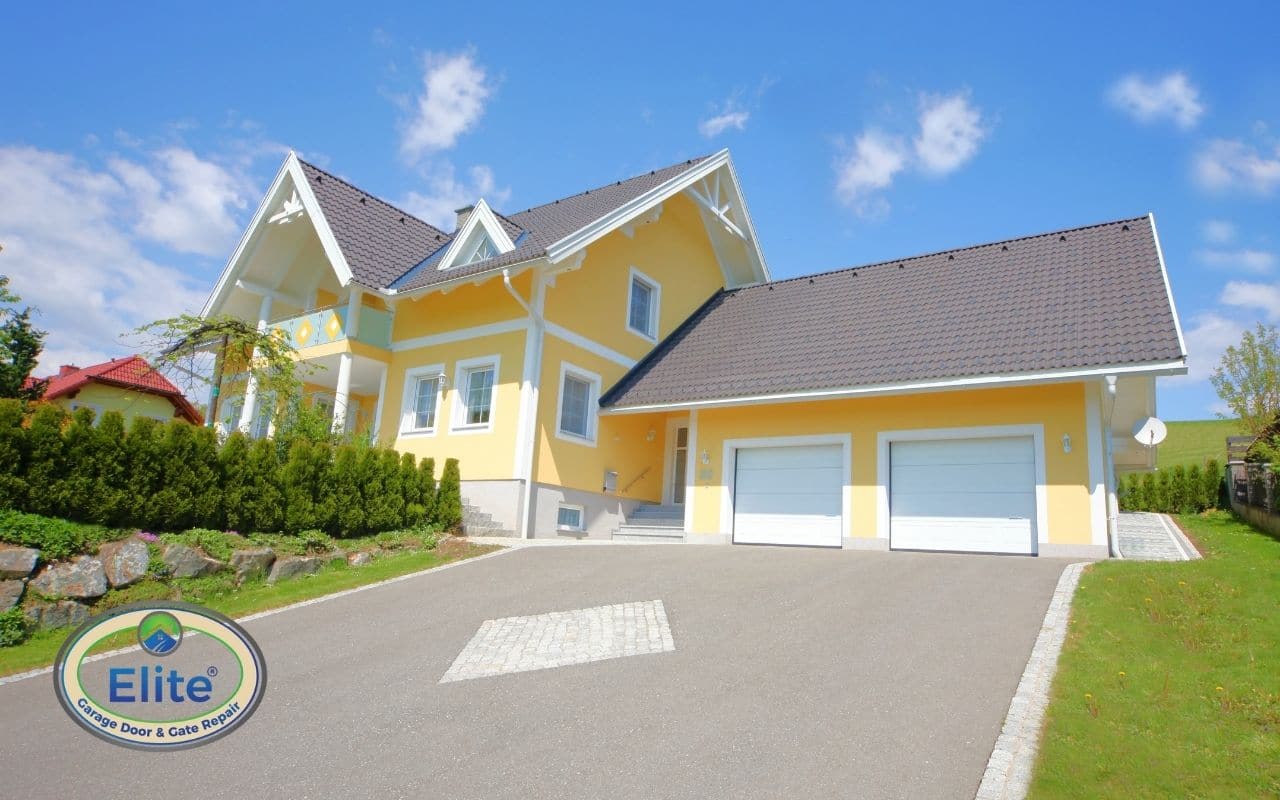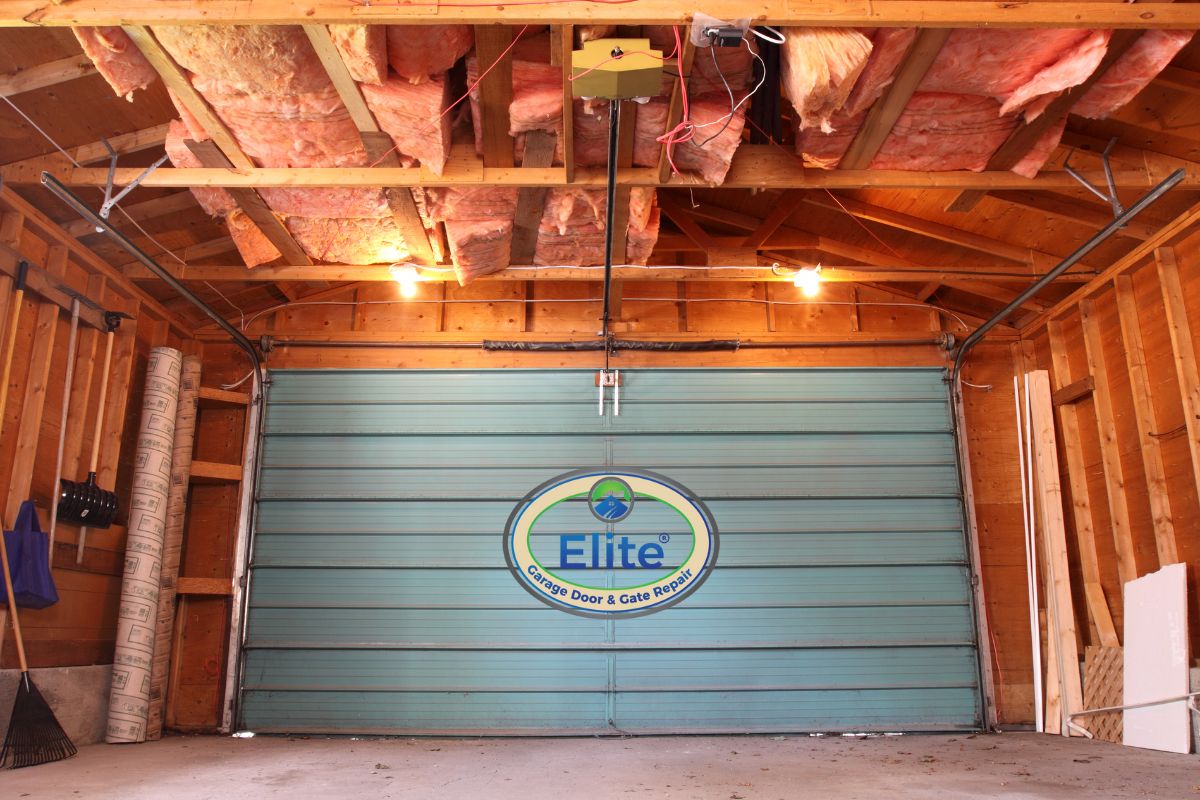Weatherproofing your garage door is essential for protecting your home and belongings from the elements, particularly during extreme weather conditions. Proper weatherproofing techniques enhance the durability and longevity of your garage door and contribute to energy efficiency and indoor comfort.
This guide will discuss the importance of weatherproofing and provide practical advice for homeowners to protect their garage doors against rain, wind, snow, and other weather-related threats.
Table of Contents
Weather Seals: Creating a Barrier Against Moisture and Drafts
One of the most critical components of garage door weatherproofing is the installation of weather seals along the edges of the door. Weather seals, also known as astragal seals or weatherstripping, create a tight seal between the door and the frame, preventing moisture, drafts, and debris from entering the garage.
Various weather seals are available, including rubber, vinyl, and brush seals, each offering different levels of durability and effectiveness. Homeowners should regularly inspect their existing weather seals and replace them if they show signs of wear or damage.
Additionally, it’s essential to ensure that the seals are correctly installed and securely attached to the door to maximize their effectiveness.
Insulation: Improving Energy Efficiency and Climate Control
Another crucial aspect of garage door weatherproofing is insulation, which helps regulate temperature fluctuations and improve energy efficiency. Insulated Garage Doors contain layers of insulation material, such as foam or reflective barriers, which provide thermal resistance and prevent heat transfer.
In addition to enhancing energy efficiency, insulated garage doors also reduce noise transmission and create a more comfortable environment inside the garage. Homeowners should consider the climate in their region and choose an insulated garage door with an appropriate R-value to suit their needs.
Homeowners can retrofit insulation panels or kits to improve their thermal performance for garage doors that lack insulation. These DIY solutions are relatively easy to install and can significantly affect energy savings and indoor comfort.

Insulation: Improving Energy Efficiency and Climate Control
Proper Drainage Systems: Preventing Water Damage and Flooding
Proper drainage systems are essential for preventing water damage and flooding in the garage, particularly during heavy rainstorms or snowmelt. Homeowners should ensure that their garage door thresholds have drainage channels or sloped surfaces to direct water away from the door and prevent pooling.
Additionally, it’s essential to maintain clear gutters and downspouts to ensure proper drainage of rainwater away from the garage. Regularly clean debris and leaves from gutters and inspect them for damage or clogs that could impede water flow.
Professional waterproofing services may be necessary for homeowners facing recurring flooding or drainage issues.
Waterproofing specialists can assess the garage’s drainage infrastructure and recommend solutions such as installing French drains, sump pumps, or waterproof membranes to protect against water infiltration and damage.

Proper Drainage Systems: Preventing Water Damage and Flooding
Conclusion
In conclusion, garage door weatherproofing is essential for protecting your home and belongings from the elements and improving energy efficiency and indoor comfort.
By implementing weather sealing, insulation, and proper drainage systems, homeowners can safeguard their garage doors against extreme weather conditions and Prevent Water Damage and Flooding.
We encourage homeowners to inspect their garage doors regularly and address any weatherproofing issues promptly to ensure optimal performance and protection. Explore various weather seal options and insulation kits available at your local hardware store for DIY weatherproofing solutions.
However, for more extensive weatherproofing needs or recurring drainage issues, we recommend consulting with professional waterproofing services to assess your garage’s unique requirements and implement effective solutions.
Don’t wait until the next storm season to weatherproof your garage door – take proactive steps today to protect your home and family from the elements.



Leave A Comment